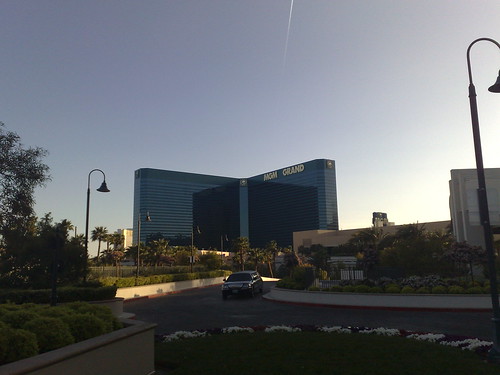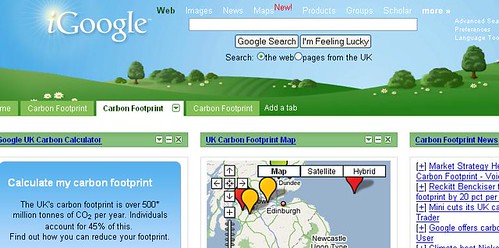
As you probably know by now, we’re very interested in the idea of what might constitute a green API or protocol, so I was very interested when I received a link via twitter from @Straxus (Ryan Slobojan).
The Aon Scéal? (That’s Any News in Gaelic) blog by Alastrain McKinstry points to this piece by Yves Poppe which argues that IPv6 could save 300 Megawatts.
Easy to forget that most mobile devices used by Time Square revelers were behind IPv4 NAT’s and that always on applications such as Instant Messaging, Push e-mail, VoIP or location based services tend to be electricity guzzlers. It so happens that applications that we want always to be reachable have to keep sending periodic keepalive messages to keep the NAT state active. Why is that so? The NAT has an inactivity timer whereby, if no data is sent from your mobile for a certain time interval, the public port will be assigned to another device.
You cannot blame the NAT for this inconvenience, after all, its role in live is to redistribute the same public addresses over and over; if it detects you stopped using the connection for a little while, too bad, you lose the routable address and it goes to someone else. And when a next burst of data communication comes, guess what? It doesn’t find you anymore. Just think of a situation we would loose our cell phone number every time it is not in use and get a new one reassigned each time.
Nokia carried out the original study. Good work Nokia researcher guys! Another way of looking at the saved energy, which I think we’d all vote for, is potentially longer battery life of our mobile access devices. I am sure the folks at Nortel, who are so enthusiastically driving the green agenda for competitive advantage, would be interested in this research, and quite honestly its one of the first arguments I have heard that makes me think ah yes IPv6 lets pull the trigger. There are some good skeptical arguments in the comments here, but on balance I can definitely see the value of the initial research. Its surely worth further study.
While writing this article I also came across the rather excellent Green IT/Broadband blog. The author clearly believes in our Bit Miles concept, even if he doesn’t call it that.
Governments around the world are wrestling with the challenge of how to reduce carbon dioxide emissions. The current preferred approaches are to impose “carbon” taxes and implement various forms of cap and trade or carbon offset systems. However another approach to help reduce carbon emission is to “reward” those who reduce their carbon footprint rather than imposing draconian taxes or dubious cap and trade systems. It is estimated that consumers control or influence over 60% of all CO2 emissions. As such, one possible reward system of trading “bits and bandwidth for carbon” is to provide homeowners with free fiber to the home or free wireless products and other electronic services such as ebooks and eMovies if they agree to pay a premium on their energy consumption which will encourage them to reduce emissions by turning down the thermostat or using public transportation. Not only does the consumer benefit, but this business model also provides new revenue opportunities for network operators, optical equipment manufacturers, and eCommerce application providers.
European IPv6 Day, hosted by the EU is on the 30th May. Come to think about it the guy I should talk to about green IP is Vint Cerf of Google.










